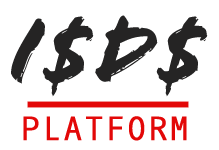7-Mar-2007
Washington Times
The AFL-CIO yesterday announced its plans to defeat renewal of "trade promotion authority," which allows President Bush to submit trade agreements to Congress for an up-or-down vote without amendment.
5-Mar-2007
Workday Minnesota
The North American Free Trade Agreement, NAFTA, has been a disaster for workers and families, and even social institutions, in the three participating nations — the United States, Canada and Mexico — labor experts from the three countries told Congress. Not only that, they warned that the pending US-Korea Free Trade Agreement would be a repeat of that NAFTA fiasco.




